New York Fossils: A Guide to Prehistoric Discoveries
by Betsy McCully
Updated July 17, 2025

New York Fossils

New York in the Ordovician, 500 to 440 mya
In 1893, a young Yale paleontologist named Charles Emerson Beecher discovered a rich trove of well-preserved Ordovician fossils near Rome, New York, in Oneida County. The fossils were preserved in shale, a sedimentary rock that formed in the Taconic Orogeny, a mountain-building event that marked the creation of the the supercontinent Pangaea. (For more details on the Taconic Orogeny, see the geology page.)

Life in the Deep Sea
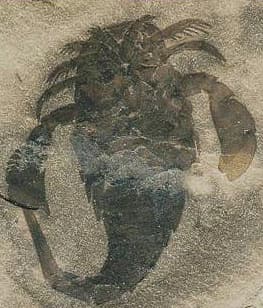
New York in the Silurian, 438 to 408 mya
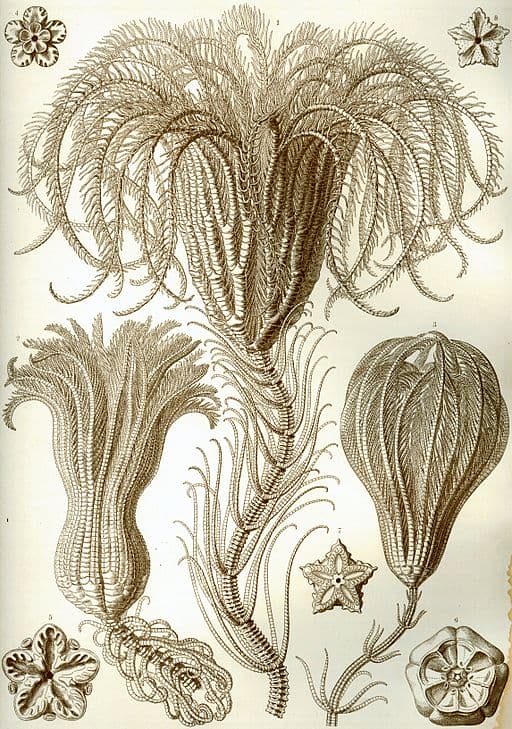

New York in the Devonian, 408-360 mya
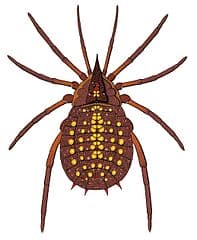
Trigs: The First Insects

The First Forests



New York in the Triassic and Jurassic, 248-144 mya
Where Dinosaurs Roamed

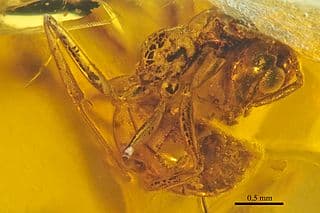
New York in the Cretaceous, 144-66 mya
The First Flowers and Pollinators
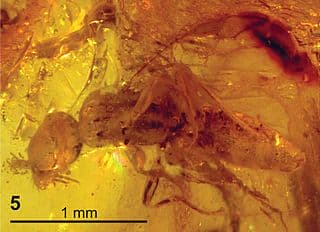
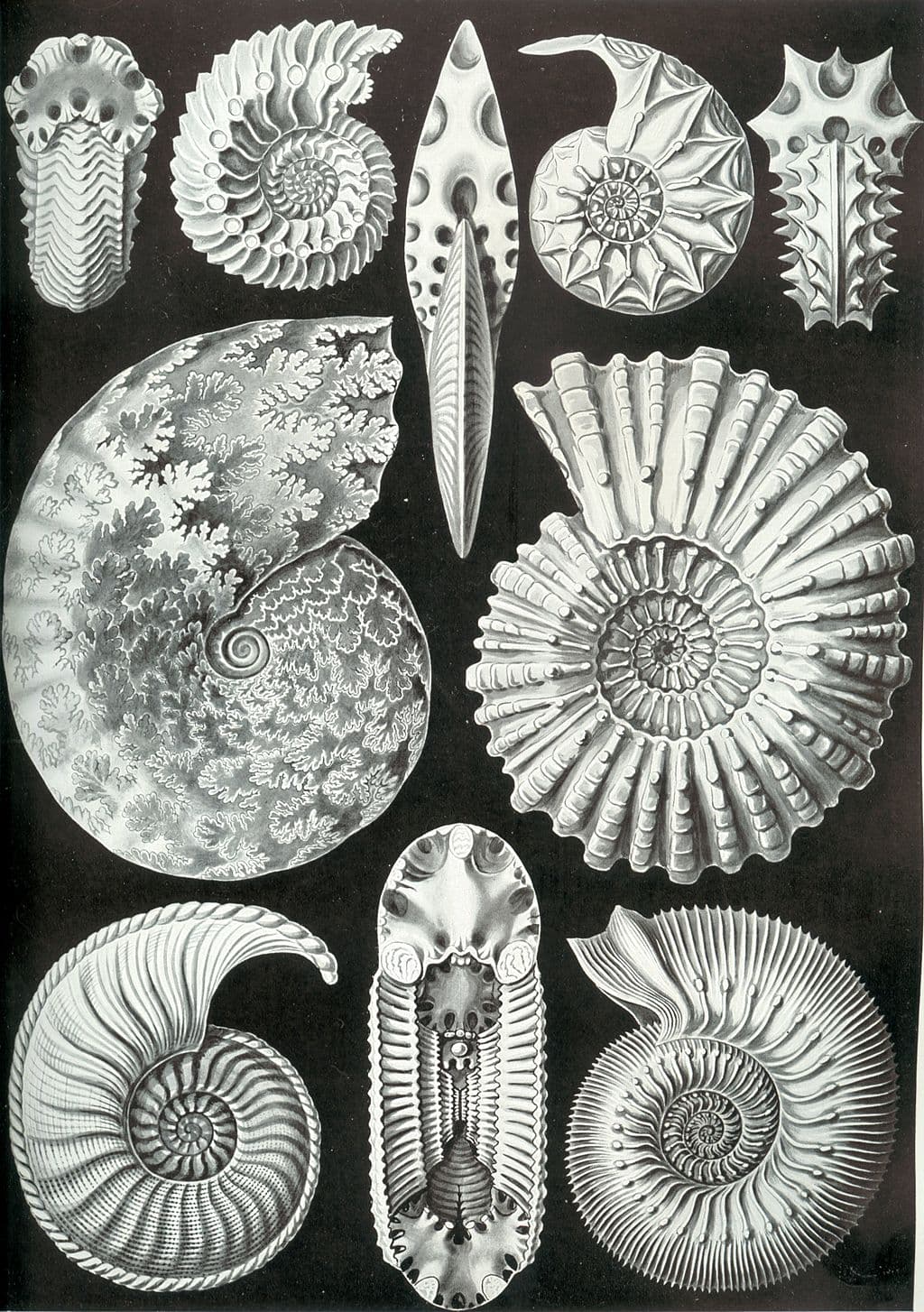

New York Fossils Reading List
New York Fossils Links
American Museum of Natural History
https://www.amnh.org/our-research/paleontology/paleontology-faq/trilobite-website
(great AMNH special website on NY trilobite fossils created by Martin Shugar and Andy Secher)
Fossils of New Jersey
http://fossilsofnj.com/index_files/Page350.htm
(personal website of fossil collector John Whitley, great images)
Johns Hopkins University Magazine
https://pages.jh.edu/jhumag/696web/dinosaur.html
(An article adapted from the book by David B. Weishampel and Luther O. Young, Dinosaurs of the East Coast, offers a bit of history on fossil sites.)
J & H Paleoscience
https://digsfossils.com
(a really fun website for exploring fossils; lots of fossil images, with a number from the New York region)
New York Paleontology Society
www.nyps.org (for field trips)
Paleontological Research Institution
https://www.museumoftheearth.org/ny-rocks
(wonderful online exhibit on the Devonian)
c. Betsy McCully 2018-2025
